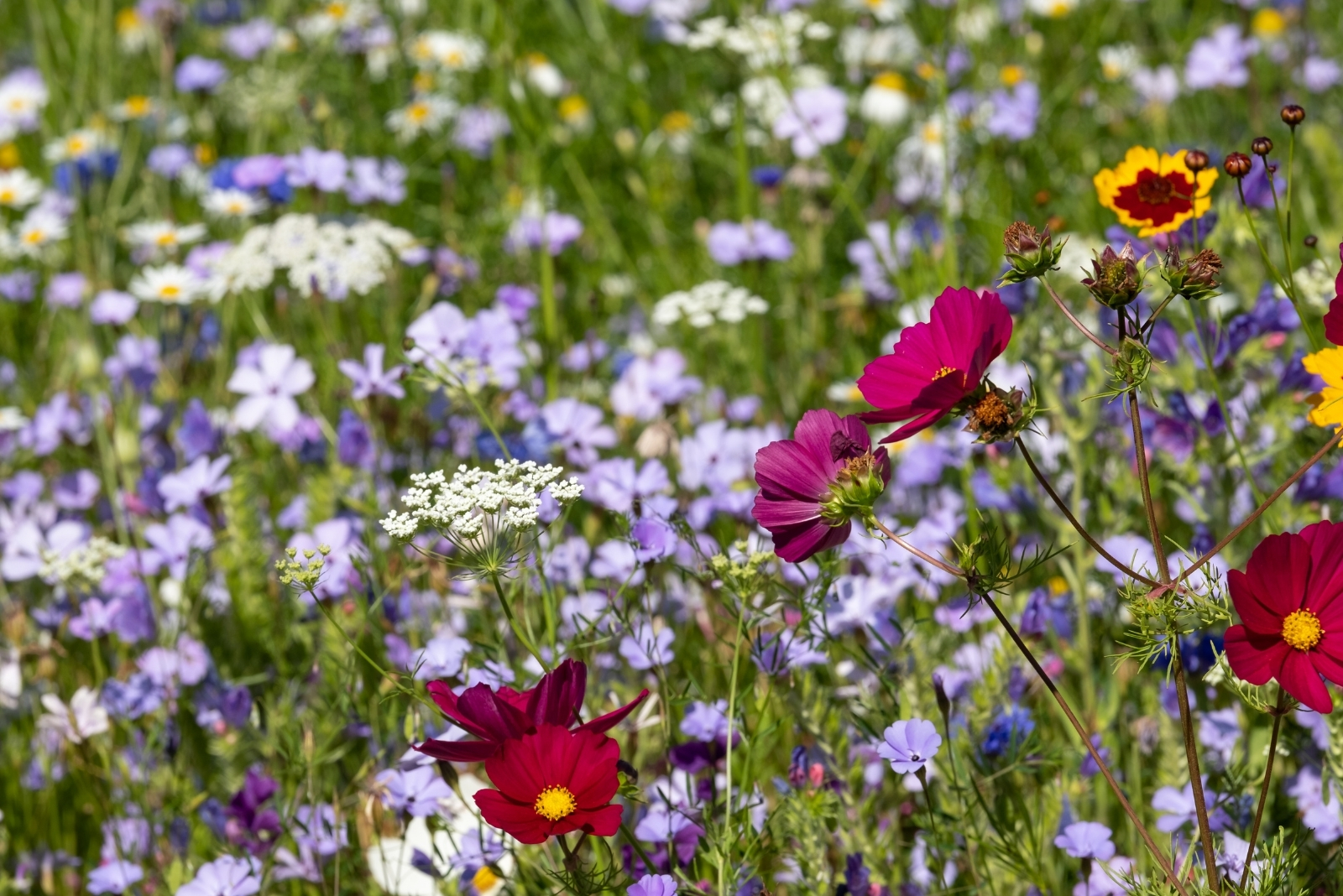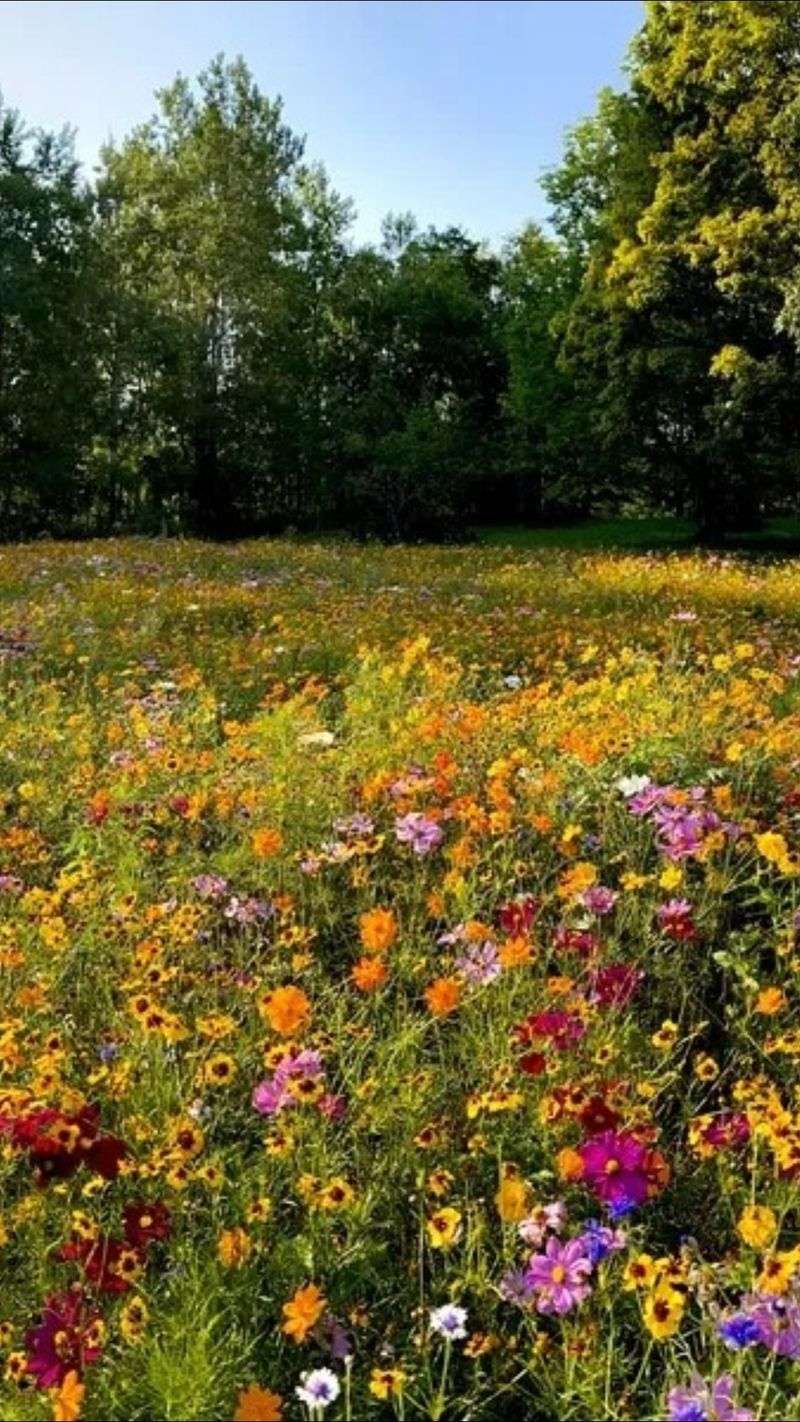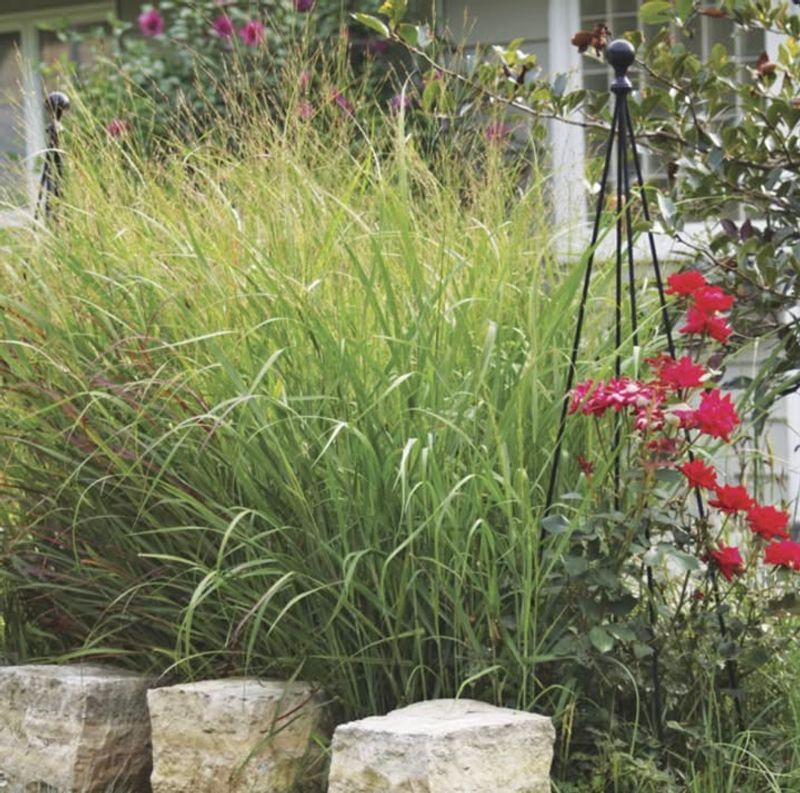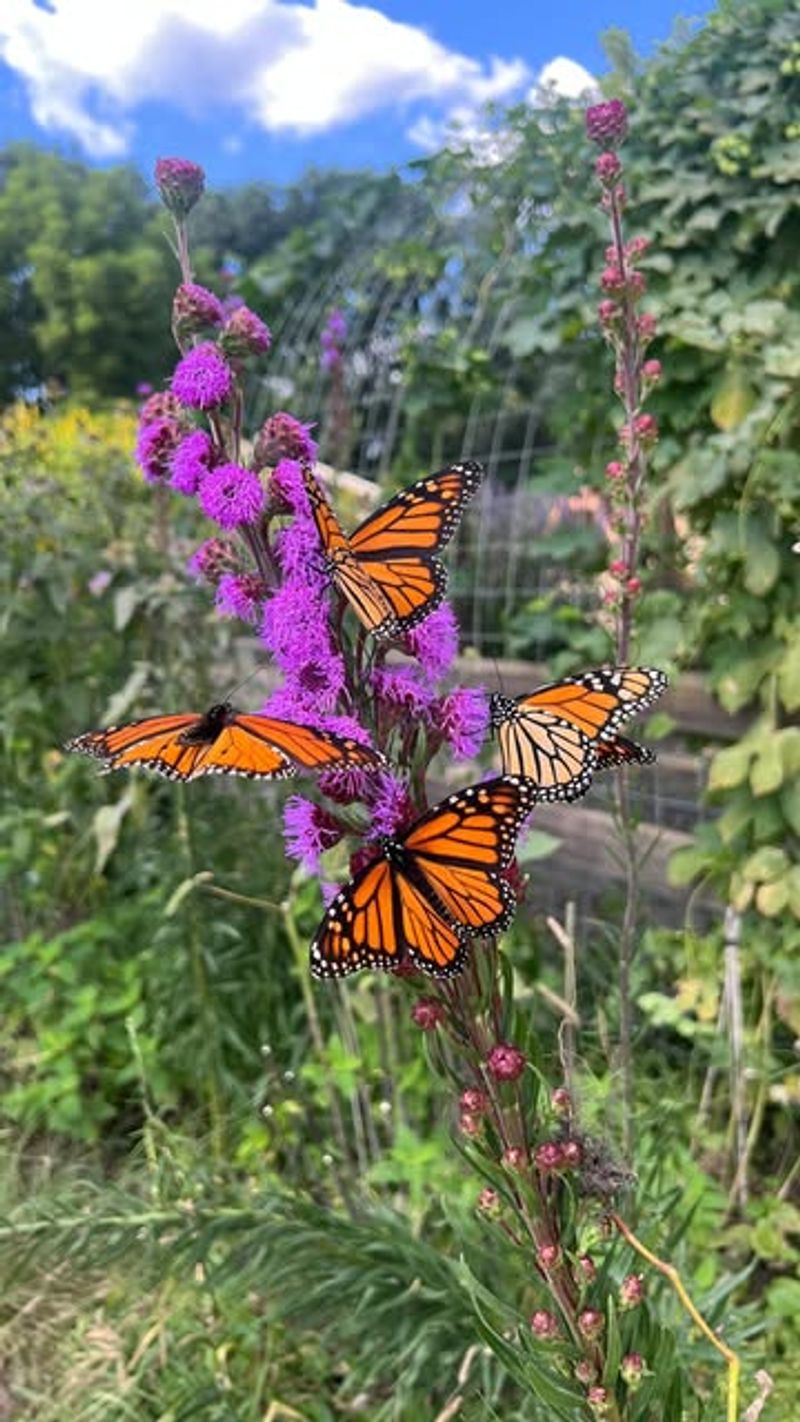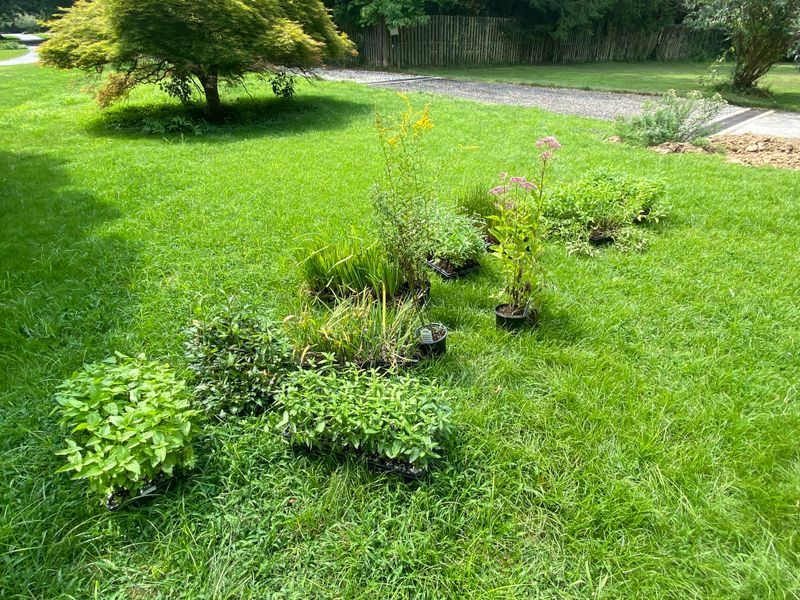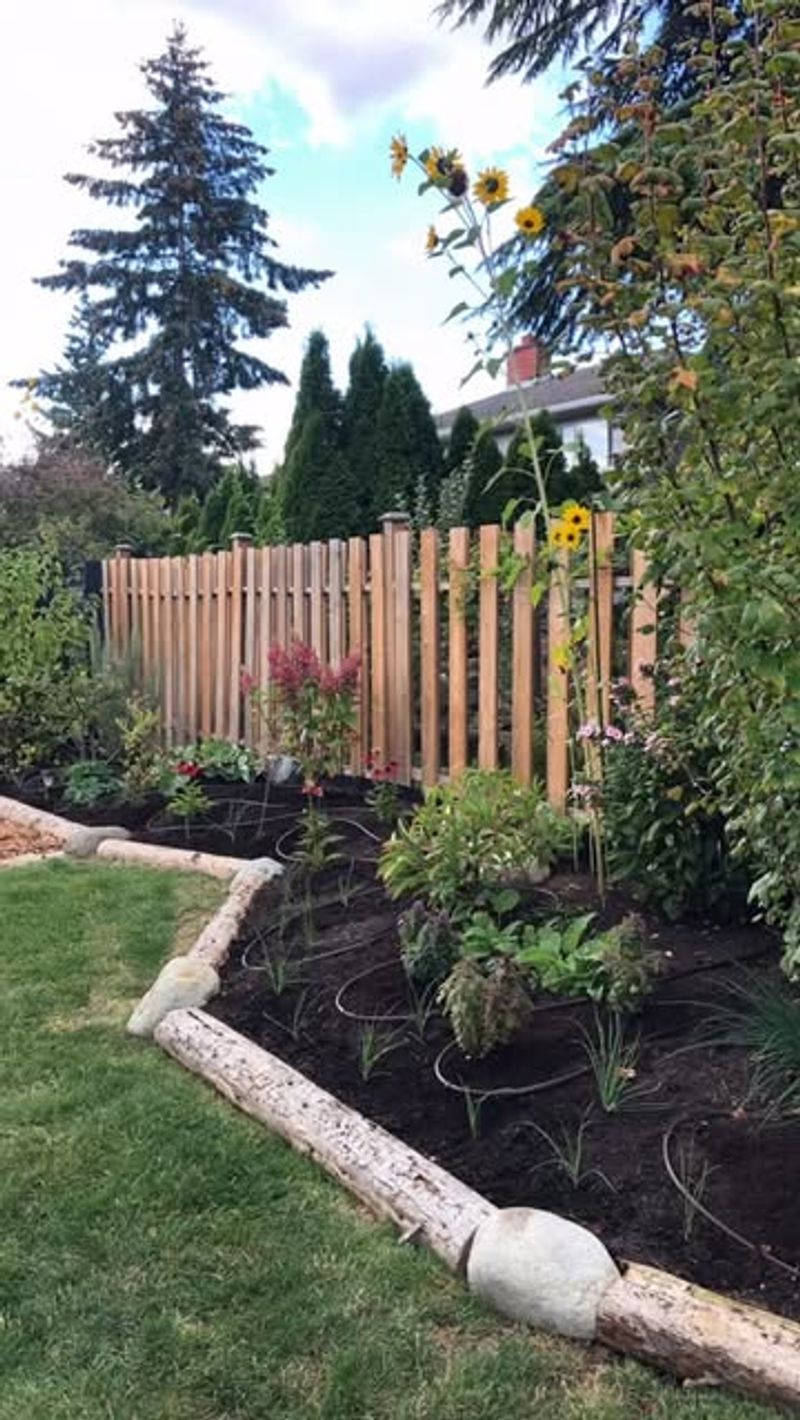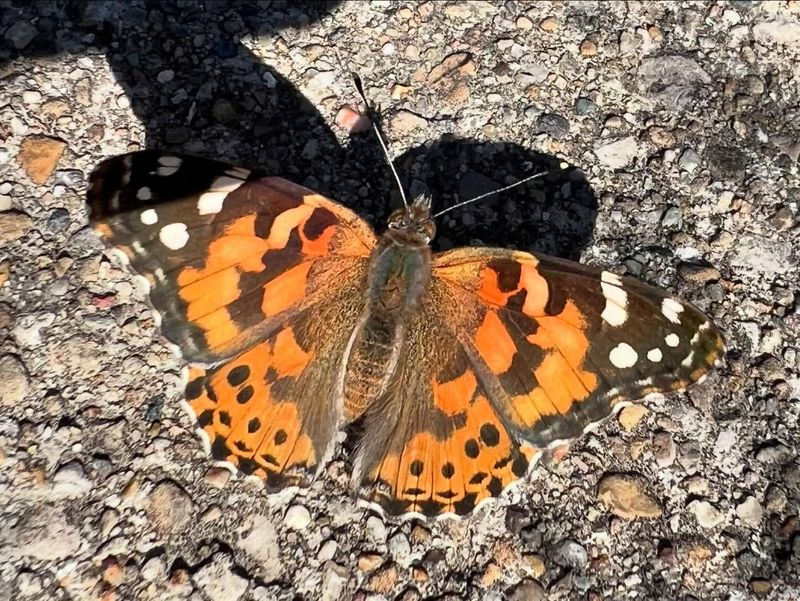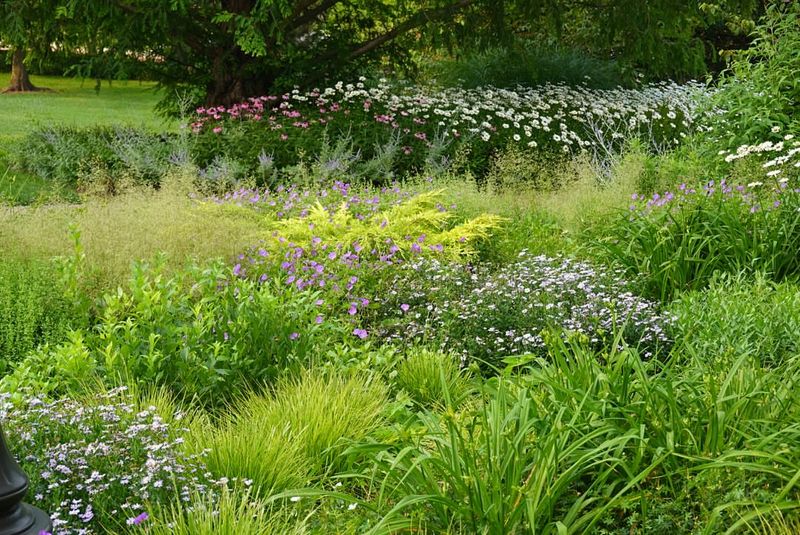The Brooklyn Museum in New York turned a lawn into a stunning meadow, inspiring gardeners everywhere. These 7 ideas show how to transform open space into a lush, vibrant habitat.
The results are both beautiful and beneficial for nature. Bring a touch of inspiration to your own yard with these creative ideas.
1. Native Wildflower Mix
New York’s wildflower meadows at the Brooklyn Museum burst with color from spring through fall. Black-eyed Susans, purple coneflowers, and goldenrod create a living rainbow that changes with the seasons.
Visitors often snap photos of butterflies dancing among the blooms. Unlike lawns that need constant mowing, these wildflower patches mostly take care of themselves after getting established.
2. Switchgrass Prairie
Tall, graceful switchgrass creates a stunning movement in the Brooklyn landscape as gentle breezes pass through. The museum’s prairie section demonstrates how these native grasses provide winter interest with their golden hues and fluffy seedheads.
Many New Yorkers are surprised to learn switchgrass needs almost no watering once established. Its deep roots prevent erosion while creating underground habitats for beneficial soil organisms.
3. Pollinator Pathways
Winding through the museum grounds, narrow pathways bordered by milkweed, bee balm, and asters create superhighways for pollinators. These carefully designed routes connect different meadow sections, allowing bees and butterflies to travel safely.
The Brooklyn Museum staff regularly hosts walks explaining how these pathways support monarch butterfly migration across New York. Visitors learn how even small yards can become vital links in citywide pollinator corridors.
4. Rain Garden Depressions
Clever shallow depressions throughout the grounds capture rainwater that would otherwise run off into New York’s overtaxed sewer system. Moisture-loving plants like cardinal flower, blue flag iris, and swamp milkweed thrive in these spots while filtering pollutants.
During heavy downpours, these gardens temporarily hold water before slowly releasing it into the soil. Museum educators use these areas to demonstrate natural water management that homeowners can easily replicate.
5. Edible Landscape Borders
Along the edges of the meadow areas, the Brooklyn Museum has planted berry-producing shrubs and herbs that humans and wildlife can enjoy. Elderberry, serviceberry, and wild strawberries offer seasonal treats for birds and visitors alike.
New York school groups often visit to learn about traditional food plants used by Native Americans in the region. These edible borders show how beautiful and practical can combine in a meadow conversion project.
6. Butterfly Sunning Spots
Flat rocks and wooden platforms strategically placed throughout the meadows provide essential basking spots for butterflies. These sun-warmed surfaces allow cold-blooded insects to regulate their temperature on cool New York mornings.
Museum staff have created informational signs explaining how butterflies need both nectar sources and sunning locations. Visitors frequently spot eastern tiger swallowtails, painted ladies, and red admirals using these resting areas between flower visits.
7. Seasonal Interest Zones
Rather than having the entire meadow peak at once, Brooklyn Museum gardeners have designed areas that shine in different seasons. Spring ephemerals give way to summer coneflowers, followed by fall asters and grasses that remain striking even under winter snow.
New York visitors return throughout the year to witness the changing displays. This thoughtful planning ensures there’s always something beautiful to see, proving that meadows offer year-round appeal unlike conventional lawns.

